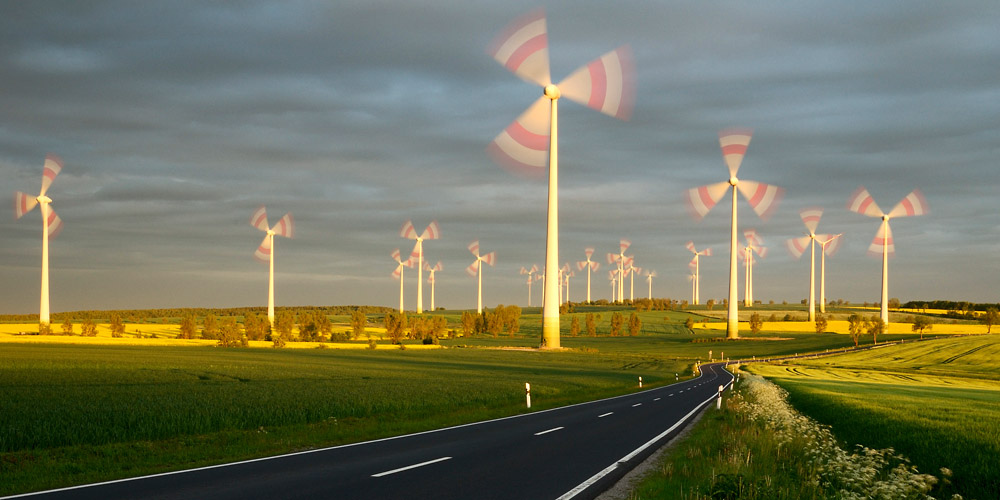“Money does not grow on trees; it is blowing in the wind,” says Mayor Dieter Merschjohann of the small town of Lichtenau, in an interview with the German newspaper die Tageszeitung. In Lichtenau, the radical German Energiewende policy – or energy transition – could hardly be more evident: over a hundred wind turbines are spinning across the town. Wind and solar power already account for almost half of local energy consumption. This has made the local wind power company the town’s largest tax payer.
Municipalities play a key role in implementing the energy transition. They are creating the preconditions for increasing renewable energy production and the required electricity networks, through land-use planning and dialogue with residents. Direct investment is being made in construction projects through local energy companies; depending on how their number is calculated, there are 800–1,000 such municipal companies in Germany.
Like Lichtenau, several other German municipalities are seeing the benefits. Rural areas in northern and eastern Germany are sparsely populated, suffering from weak economic growth and poor demographic development. To them, the energy transition has represented a change in fortunes. Compared to fossil fuel sources and nuclear power, tax revenue and jobs within decentralised energy production are evenly spread between the municipalities.
Germany’s Research Institute for Ecological Economy Research (IÖW) and the University of Freiburg have evaluated the economic effects of the reforms on local areas. As a result, both long and short-term benefits have been identified. Most of the revenue is generated during the production launch phase, with its large labour requirement and major investments in construction projects and land. But the benefits can be far greater: savings from replacing fossil fuels, rental and tax revenue collected throughout the power plants’ operating lives, and the construction of service infrastructures to support production.
A fragmented municipal sector and regional variations in economic development mean that municipalities vary hugely in their ability to spur the energy transition. This is not made any easier by the legislative jungle on land use. In densely populated southern Germany in particular, a planning challenge is posed by the legislation outlining the required distance between construction projects and the built environment or protected areas.
Especially for smaller municipalities, much has depended on the dedication of individuals. To address this, the German Federal Republic and several states aim to put municipalities on an equal footing, by providing know-how and support programmes, and fostering mutual cooperation.
An example of a valuable tool for smaller localities is the Mittelhessen region’s energy portal, launched in spring 2013. At the level of individual map grids, this shows where local wind, solar, water or bioenergy is being produced, which projects are under planning and where, based on current laws, there is potential for additional construction. Energy potential in individual municipalities and their possible joint projects can be discovered with a few clicks.
In addition to technical expertise, such a local energy transition requires the sharing of communication and negotiation skills. If the transition gives decision-makers a headache, local residents can find it even harder to understand why their homes now overlook a wind farm. The next item in this series of blogs will switch its focus to the participation by local residents in the Energiewende decision-making process.
Mikko Rissanen is a project manager with the German Dialog Basis research network.
Sources and further reading (all in German):
Bundesministerium für Umwelt, Naturschutz und Reaktorsicherheit (BMBF) (2013): Gute Nachbarn. Starke Kommunen mit Erneuerbaren Energien.
Ernst & Young (2012): Stadtwerke: Gestalter der Energiewende. Stadtwerkestudie 2012.
Hirschl, Bernd ym. (2010): Kommunale Wertschöpfung durch Erneuerbare Energien. Institut für ökologische Wirtschaftsforschung (IÖW) & Zentrum für Erneuerbare Energien, Universität Freiburg.
Regierungspräsidium Gießen (2013): Mittelhessen ist voller Energie. Das Portal für erneuerbare Energien.
Taz (2013): Geld liegt in der Luft. 02.04.2013.





Recommended